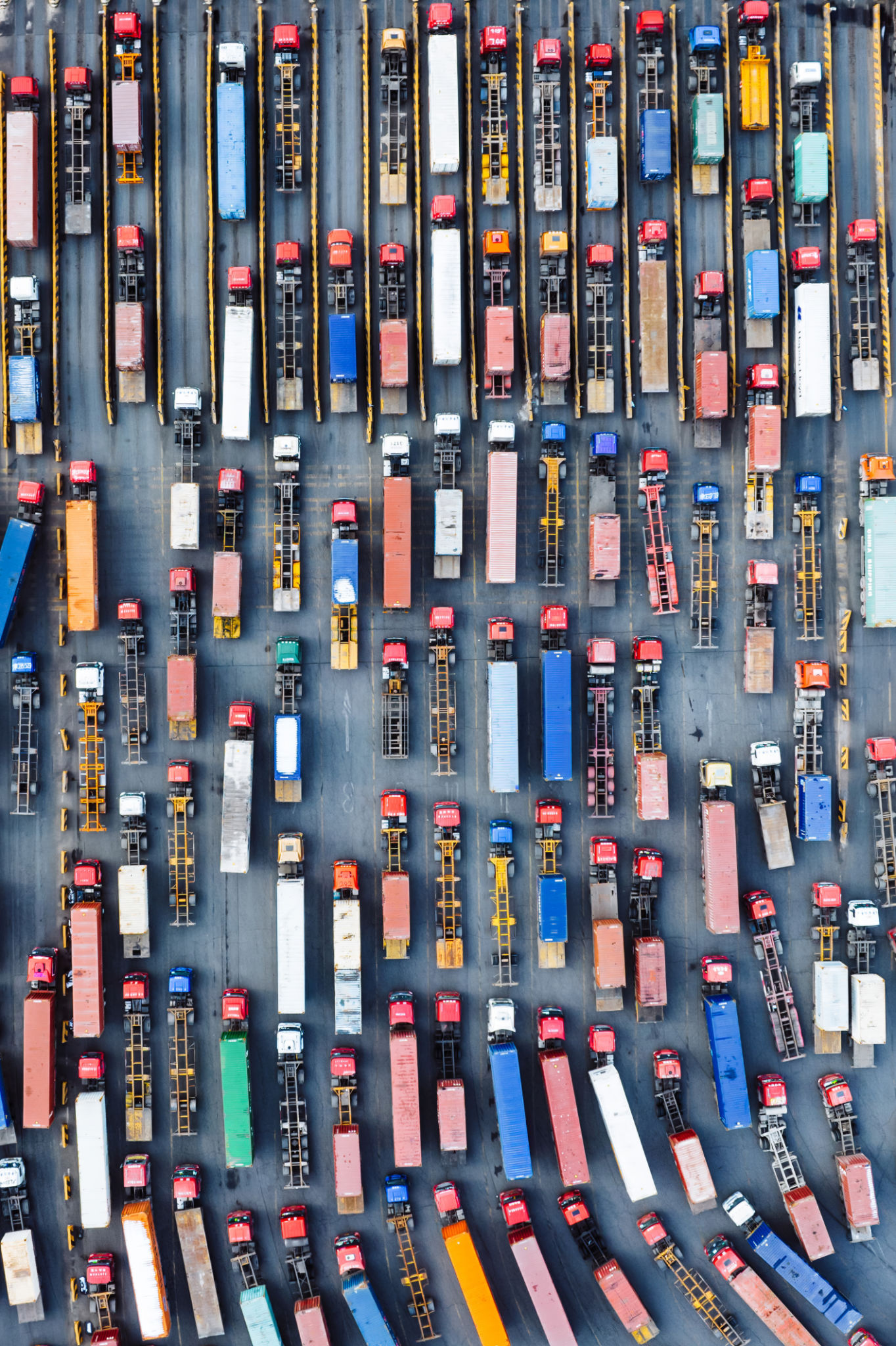Top 5 Challenges in Providing Critical Supplies to Communities and How to Overcome Them
Understanding the Challenges in Supplying Critical Needs
Providing critical supplies to communities, especially during emergencies, is a complex task that involves overcoming various challenges. These challenges can stem from logistical issues, financial constraints, and even environmental factors. Understanding these obstacles is the first step in ensuring that communities receive the support they need.
Logistical difficulties are often at the forefront of these challenges. The distribution of supplies can be hindered by inadequate infrastructure, such as poorly maintained roads or lack of transportation options. This is particularly prevalent in remote or underdeveloped areas where access is already limited.

Financial Constraints
Funding is another major challenge in providing essential supplies. Many organizations rely on donations or government funding, which can be unpredictable and insufficient to meet the growing needs. This financial uncertainty can delay the procurement and delivery of supplies, putting vulnerable communities at risk.
Coordination and Communication
Effective coordination and communication among various stakeholders are crucial for successful supply distribution. Miscommunication or lack of coordination can lead to duplication of efforts or areas being overlooked entirely. Establishing a clear communication strategy and having dedicated teams to manage logistics can significantly mitigate these issues.

Overcoming Environmental Challenges
Environmental factors such as natural disasters, extreme weather conditions, and geographical barriers can further complicate the delivery of supplies. These events can disrupt transportation routes and damage infrastructure, making it even more challenging to reach affected communities.
To overcome these environmental challenges, it's essential to invest in resilient infrastructure and develop contingency plans that account for potential disruptions. Utilizing technology such as satellite mapping and drones can also aid in assessing and navigating difficult terrains.

Strategies for Overcoming Challenges
Addressing these challenges requires a multifaceted approach. Here are some strategies that can be implemented:
- Invest in Infrastructure: Improving transportation networks and warehousing capabilities can enhance the efficiency of supply distribution.
- Secure Funding: Developing diverse funding sources and creating financial reserves can help stabilize supply chains.
- Enhance Coordination: Building strong partnerships among government entities, NGOs, and the private sector can streamline efforts.
- Leverage Technology: Using data analytics and digital platforms can optimize supply chain management and improve decision-making.
- Train Local Communities: Empowering local communities with skills and resources to manage supplies can increase resilience and self-sufficiency.
The Role of Innovation in Supply Chain Management
Innovation plays a crucial role in overcoming supply chain challenges. Embracing new technologies such as blockchain for transparency, AI for predictive analytics, and IoT for real-time tracking can revolutionize how supplies are managed and distributed.
By fostering an environment that encourages innovation and collaboration, organizations can better address the dynamic needs of communities and ensure that critical supplies reach those who need them most. This proactive approach not only improves efficiency but also builds trust and reliability among stakeholders.
